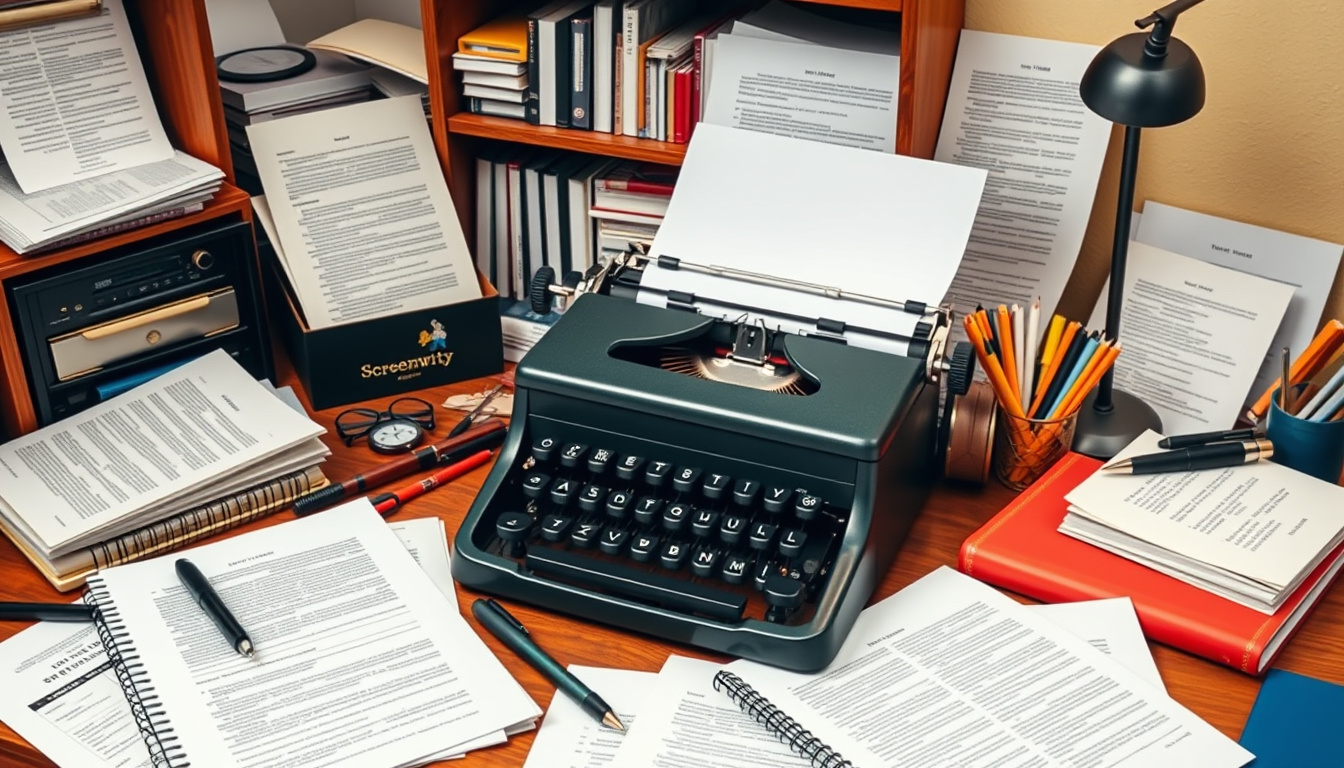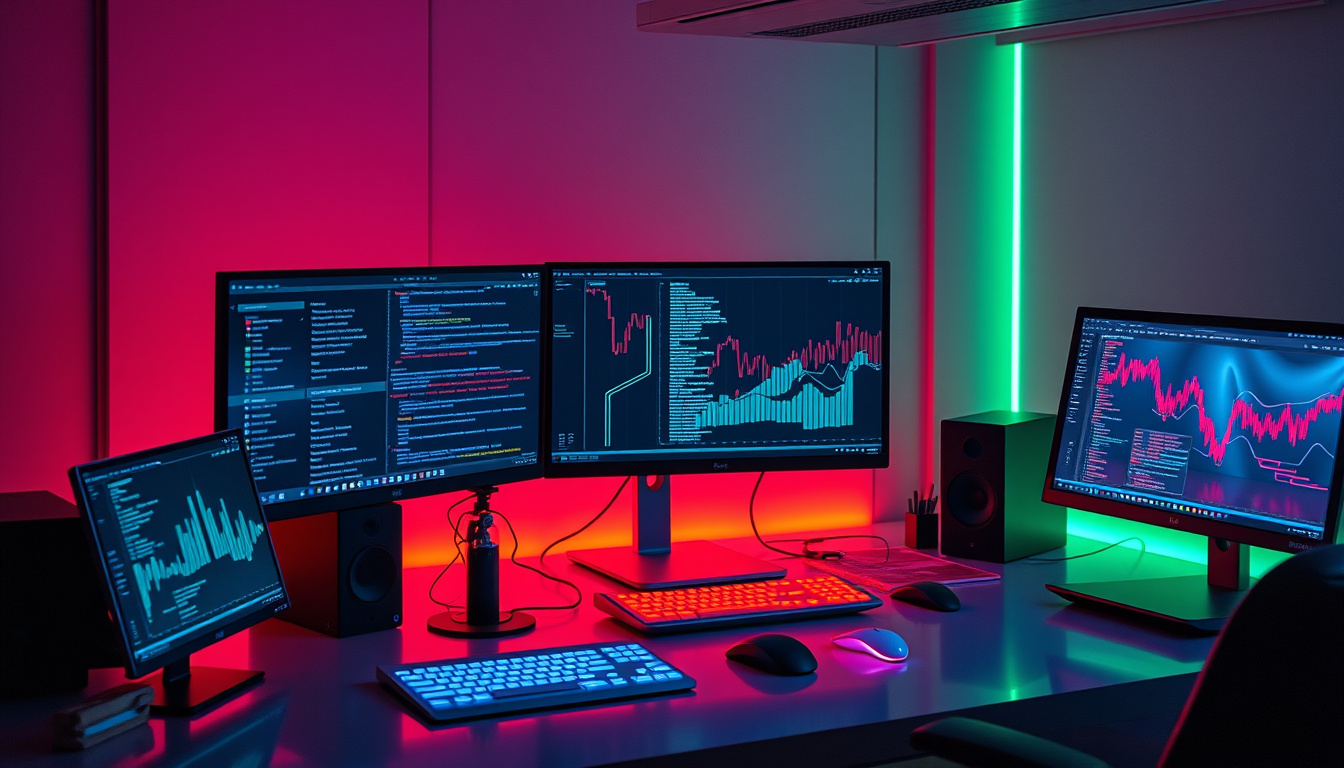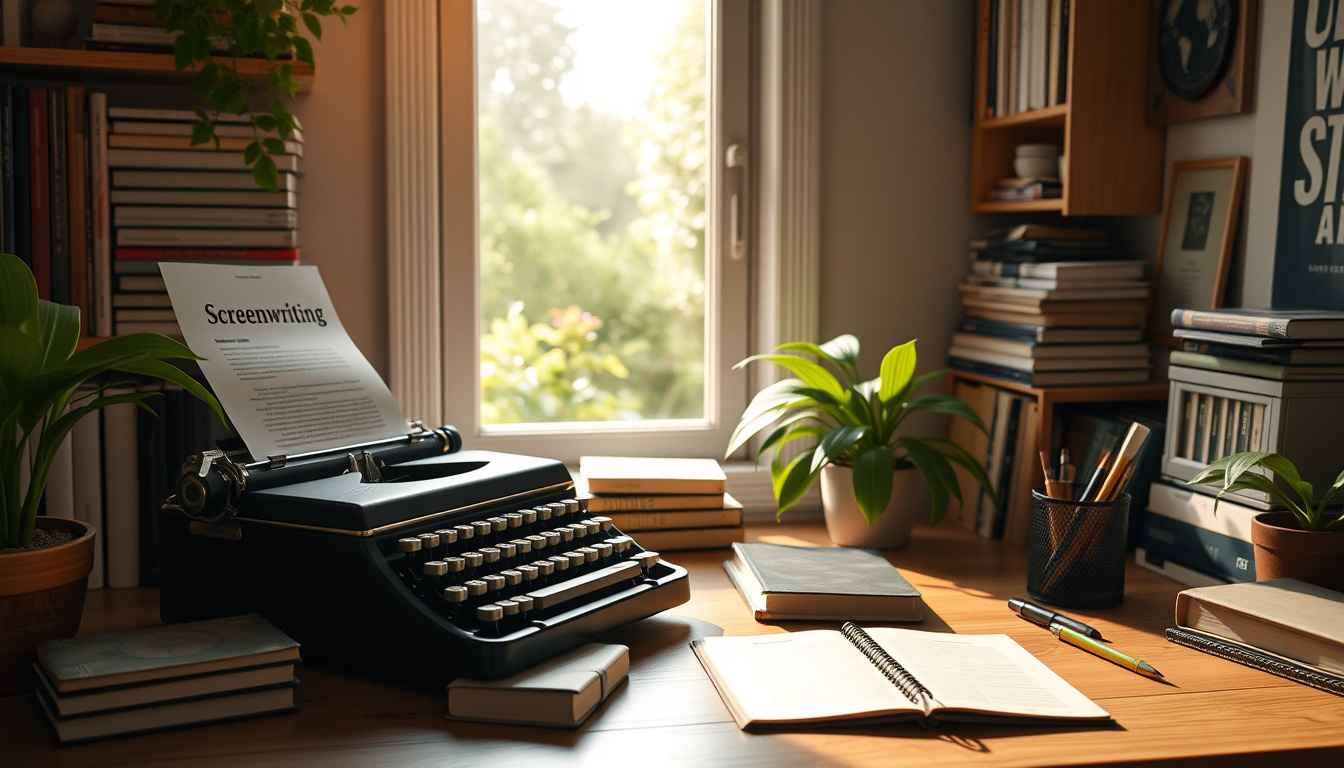- Home
- Screenwriting
- Understanding the Concept of a Beat in Screenwriting
Understanding the Concept of a Beat in Screenwriting
The magic of storytelling in films and television often lies in its pacing – the rhythm with which the narrative unfolds its secrets, conflicts, and resolutions. At the heart of this rhythm is a concept known as a ‘beat.’ Screenwriters, directors, and actors alike parse through beats to bring depth and emotion to the script, ensuring that each moment on screen resonates with the audience. Understanding the concept of a beat in screenwriting is essential for anyone looking to craft compelling narratives or dissect the anatomy of a memorable scene.
What is a Beat?
A beat in screenwriting is often defined in two ways. In its simplest form, a beat refers to a pause or moment of reflection within a scene, allowing characters and, by extension, viewers, to absorb what has just happened. This pause can be silent or filled with non-verbal communication, such as a meaningful look between characters, emphasizing the weight of the moment without a single word being spoken.
On a broader scale, a beat is also used to describe the smallest unit of action or event within a screenplay. This is where a particular action, piece of dialogue, or event thrusts the narrative forward. In this context, beats help to structure scenes, ensuring there’s a dynamic flow of events and emotions that keep the audience engaged.
The Importance of Beats in Screenwriting
Beats play a crucial role in screenwriting for several reasons. They help in pacing the story, ensuring that it neither rushes towards its conclusion nor drags its feet. By carefully planning when and how beats occur, screenwriters can manage the tension and release in the story, keeping audiences on the edge of their seats.
Moreover, beats are essential tools in character development. How characters react to certain beats can reveal a lot about their personality, motivations, and evolution throughout the story. For instance, a character pausing to consider their actions during a moment of crisis could indicate internal conflict, adding layers to their character and the story itself.
Beats also enhance the emotional engagement of the audience. They allow moments of significance to sink in, whether it’s the horror of a dramatic revelation, the joy of a long-awaited reunion, or the tension before a looming confrontation. The strategic use of beats can make the difference between a scene that falls flat and one that stays with the viewer long after the credits roll.
Working with Beats
For screenwriters and filmmakers, working with beats involves meticulous planning during both the writing and directing stages. When drafting a screenplay, writers use beats to outline scenes, ensuring that each moment advances the plot, character arcs, or both. This often involves writing beat sheets or step outlines that break down the script scene by scene, or even moment by moment.
During production, directors and actors bring these beats to life, interpreting the written pauses and actions in ways that best serve the story and characters. An actor might decide how long to hold a gaze or when to deliver a line for maximum impact, often experimenting with different beats to find the most effective rhythm for the scene.
In essence, mastering the use of beats allows for the creation of stories that move audiences, showcasing the power of well-timed actions and pauses. Whether it’s through the delicate balance of tension and relief or the careful unveiling of a character’s inner world, beats are the unsung heroes of screenwriting, shaping moments that captivate and resonate.






